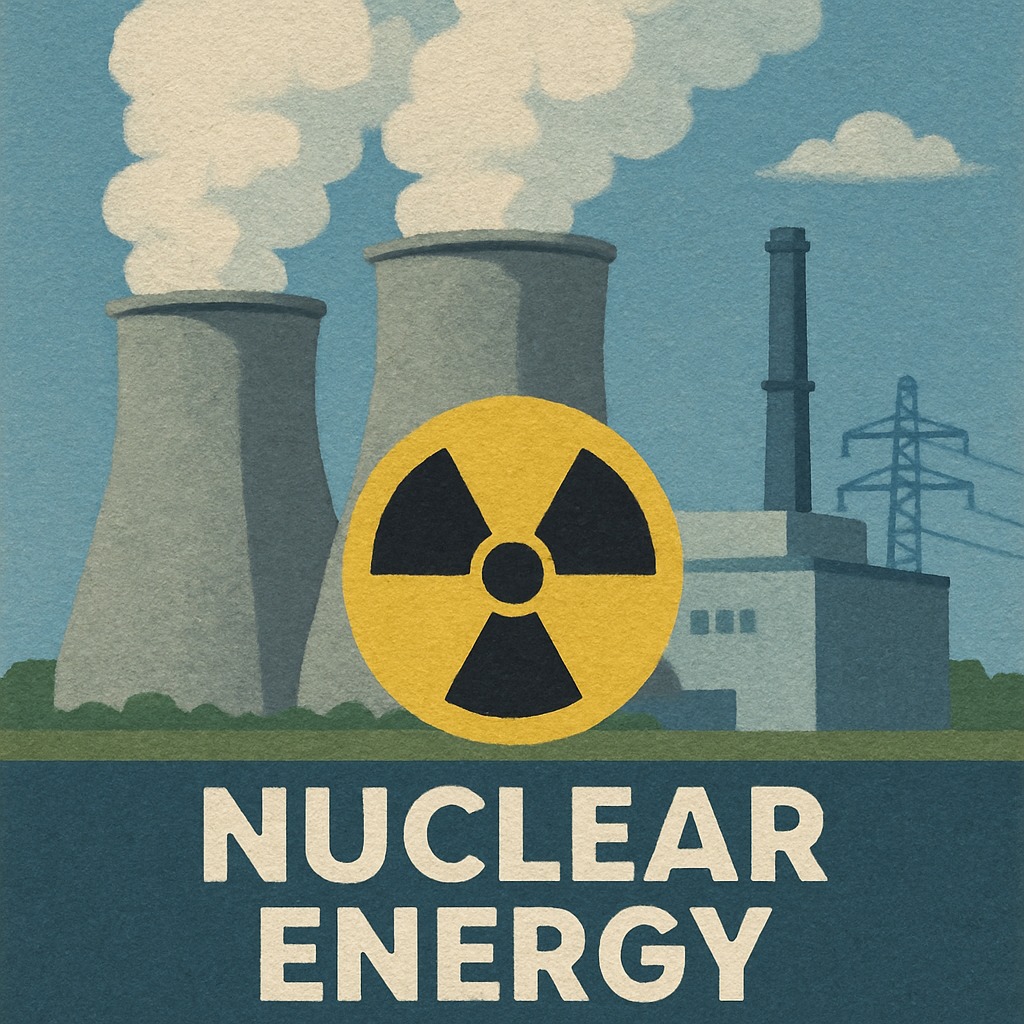Weekly Indicators: Consumers Continue To Power Front-Running Tariff-Palooza
The U.S. economy is in the midst of a chaotic "Tariff-Palooza," with new levies and retaliatory measures hitting global supply chains. Yet, consumers are stepping up to save the day, fueling spending even as businesses grapple with uncertainty. This week’s data shows households are “front-running” the chaos—buying now to avoid future price hikes—creating a paradox: tariffs are bad for trade, but great for short-term demand. Let’s unpack the numbers and see where investors should look.
Ask Aime: "Will the U.S. economy benefit from tariff chaos?"
The Tariff Tsunami: Chaos or Catalyst?

The past month has seen a frenzy of tariff announcements, from 100% levies on foreign-produced movies (targeting nations like Canada and Mexico) to the elimination of the “de minimis” exemption for Chinese goods. These moves have businesses scrambling, but consumers are acting like they’re shopping for a clearance sale. Why? They’re betting that prices will rise further, so they’re buying now—whether it’s cars, electronics, or even streaming subscriptions—to avoid future sticker shock.
Ask Aime: "Should I buy now to avoid future price hikes amid the global tariff war?"
The most significant development is Executive Order 14289, which bans “tariff stacking” (overlapping duties on goods). While this should ease costs for sectors like autos and steel, the real story is the retroactive refunds for overpaid duties since March. This cash injection into businesses could free up capital for reinvestment—a win for industrials and logistics stocks.
The Consumer Engine: Roaring Despite the Headwinds
The latest data paints a picture of a resilient consumer. First-quarter personal spending grew 1.8% annually, outpacing the economy’s 0.3% contraction. Even more telling: private final sales (a gauge of domestic demand) surged 3.1%—the fastest pace in two years. This isn’t just about gas prices (which fell 2.4% in March) or eggs (up 60% due to supply chain issues). It’s about income growth. Disposable personal income rose 4% year-over-year, fueled by wage gains and pre-tariff stockpiling.
But here’s the kicker: consumer sentiment is collapsing. The University of Michigan Index is in “deeply recessionary territory,” yet spending remains strong. This disconnect suggests households are prioritizing pent-up demand over fear—a sign of confidence in their own financial health.
Investment Implications: Play the Tariff-Proof Sectors
Domestic Retail & Logistics:
Tariffs are forcing companies to rethink supply chains. Firms like Walmart (WMT) and Home Depot (HD), which have robust U.S. sourcing, could thrive. Meanwhile, logistics giants like C.H. Robinson (CHRW) might see demand spike as businesses need help navigating new tariffs.Entertainment & Media:
The proposed 100% movie tariffs could hit streaming platforms like Netflix (NFLX) if they rely on foreign content. But Disney (DIS), with its massive domestic production arm, might weather this better. Investors should also watch for domestic content plays—think theaters or streaming services focused on U.S.-made content.Critical Minerals & Energy:
With tariffs on lithium and cobalt still under investigation, companies like Lithium Americas (LAC) or Piedmont Lithium (PLL) could see demand rise as the U.S. seeks to secure supply chains. Meanwhile, energy stocks (e.g., Chevron (CVX)) remain insulated from tariff chaos, benefiting from high global prices.
- Tech & Semiconductors:
The elimination of Chinese de minimis exemptions could hurt chipmakers relying on imports, but domestic leaders like Intel (INTC) or AMD (AMD) might gain as companies shift production inland.
The Bottom Line: Consumers Are the Safety Net
The data is clear: consumers are the economy’s shock absorber. Even as tariffs roil trade, households are stepping in to keep demand afloat. Look for sectors that cater to immediate needs (retail, healthcare) and those building tariff-proof supply chains. Avoid companies overly exposed to foreign inputs—unless they’ve already pivoted.
The Fed isn’t likely to cut rates soon, but if spending stays strong, the market could ignore the noise. Investors who follow the money—where consumers are spending now—will outperform.
Final Takeaway: The Tariff-Palooza is creating chaos, but it’s also creating opportunities. Follow the consumer, and you’ll stay ahead of the curve.










